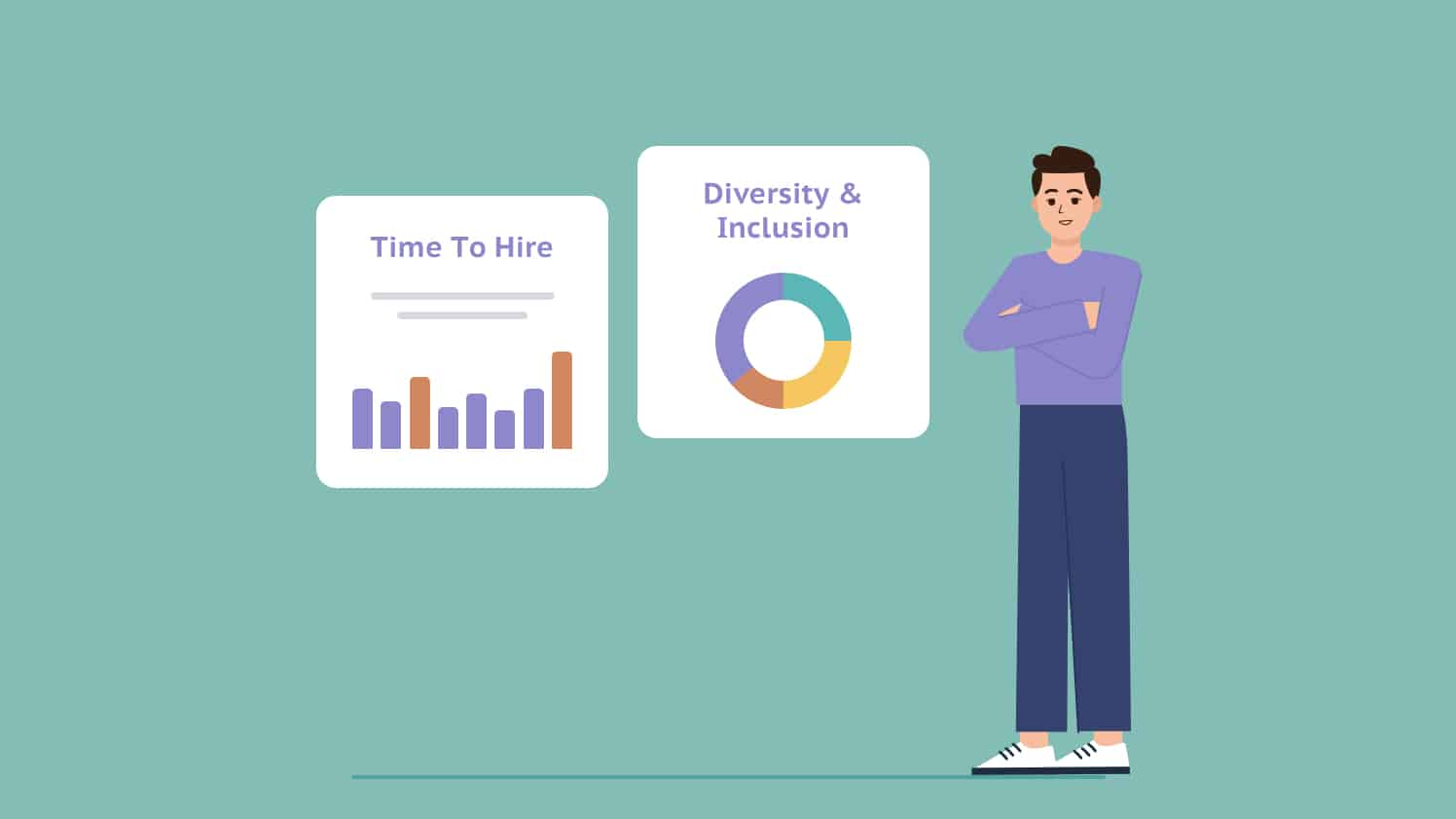Hiring has historically focused on speed. But focusing on speed can derail inclusive hiring and DEI efforts.


According to inbound recruiting experts Datapeople, recruiting has historically been a game of speed because hiring efforts tend to start after a need is already there. Recruiting teams are used to moving quickly to find qualified candidates and guide them to the offer stage. However, hiring for speed can get in the way of inclusive hiring and diversity, equity, and inclusion efforts.
Research shows that organizations with diverse workforces attract more talent and perform better overall. Focusing on speed undermines overall performance and sidelines efforts to create a fair and inclusive hiring process. It’s better to focus on inclusive hiring first and refine the process for speed second, Datapeople says.
Speed is a problem.
It can take weeks for a hiring manager to get a requisition approved. That’s followed by a highly coordinated effort by multiple teams, from compensation to human resources to management, to write, review, and publish a job post. Then there’s the wait for applications, screening, interviewing, and so on. Meanwhile, important work may not be getting done while the role sits unfilled.
It’s not surprising that hiring for speed can become the main priority for any recruiter in this situation. Regardless of how strongly they support inclusive hiring, their primary goal is to fill the vacant seat. And recruiters who view hiring managers as their clients may feel the time crunch even more.
Recruiters may abandon their organic sourcing funnel (candidate pools from job boards) and turn to aggressive sourcing tactics, referral programs, third-party recruiters, or diversity hacks. These strategies don’t help create a fair hiring process.
Also, repeatedly falling back on these tactics can leave inclusive hiring efforts dying on the vine. Satisfying an immediate goal over a long-term goal isn’t really better for the organization. At this point, there’s enough research out there to quell that argument.
Hiring teams can improve organic candidate funnels.
Sourcing can create inequality by turning recruiting into an invitation-only scenario. If a job seeker belongs to a certain social media platform, they may get an invite. Knowing someone at the company may get them an invite. If they went to a certain type of school, they may get an invite.
In contrast, job boards are the best places to reach the most job seekers. It’s just that attracting qualified applicants depends on the quality of the job post. The reason “post and pray” attempts at recruiting commonly fail or take a long time has nothing to do with job boards. These hiring processes can fail or take a long time because of issues with the job post. Confusing, overly long, densely written, inadvertently off-putting, or outdated job posts don’t attract qualified, diverse candidate pools.
A job post that is clear and inclusive attracts qualified job seekers regardless of their background. And publishing it on the most visited job boards puts it in front of the most job seekers. This type of wide-net, organic sourcing is the best way to large, qualified, and diverse candidate pools.
Hiring teams can improve candidate pools.
Hiring teams that aren’t attracting qualified, diverse candidate pools may look to other sourcing techniques. Before taking that step, however, they can improve candidate pools simply by fixing their job posts and adjusting their recruiters’ key performance indicators (KPIs) to enable them to run an inclusive process.
The job post is a kind of filter that sits on top of the funnel.
With a clean filter (i.e., a clear, inclusive job post), hiring teams invite qualified job seekers from all backgrounds to apply. Unqualified job seekers understand that they don’t qualify, while qualified job seekers from underrepresented groups feel welcome to apply.
With a dirty filter (i.e., a confusing, inadvertently off-putting job post), hiring teams invite unqualified job seekers from a limited number of backgrounds to apply. Qualified job seekers tend to shy away, while only job seekers from certain groups feel welcome to apply.
A standardized approach to job posts can ensure consistency across the organization and reduce overall time to fill. Organizing job posts into a single shared repository eliminates the need for duplicate drafts and time-consuming back and forth with documents. And using templates with standard, pre-written content reduces writing time for hiring managers.
Hiring teams should adjust their recruiters’ KPIs.
Many factors can diminish inclusive hiring efforts, not least of which is the hiring process itself. Long response times can trigger applicants to drop out. Time-intensive assessments can exhaust them. Bad interviewers can turn them off.
The biggest hindrance to inclusive hiring, however, may be recruiters’ KPIs. If time to fill is the top KPI for hiring teams, inclusivity will naturally take a back seat whenever the hiring team is in a rush. (Which, again, could be quite often.) But if organizations make inclusive hiring the top KPI, recruiters won’t feel the same pressure to hire someone as fast as possible.
Hiring teams should focus on inclusive hiring first, then speed.
If an organization prioritizes speed over inclusive hiring, it’s nearly impossible to achieve real gains on inclusion goals. Speed can very easily sideline an inclusivity effort.
Rather than turning to other forms of sourcing or diversity hacks, hiring teams should take a step back and try to improve their organic candidate pools. Job posts that are clear and inclusive will attract larger, more qualified, and more diverse candidate pools. And a top KPI of inclusive hiring will ease recruiters’ minds and help an organization meet its long-term goals.
